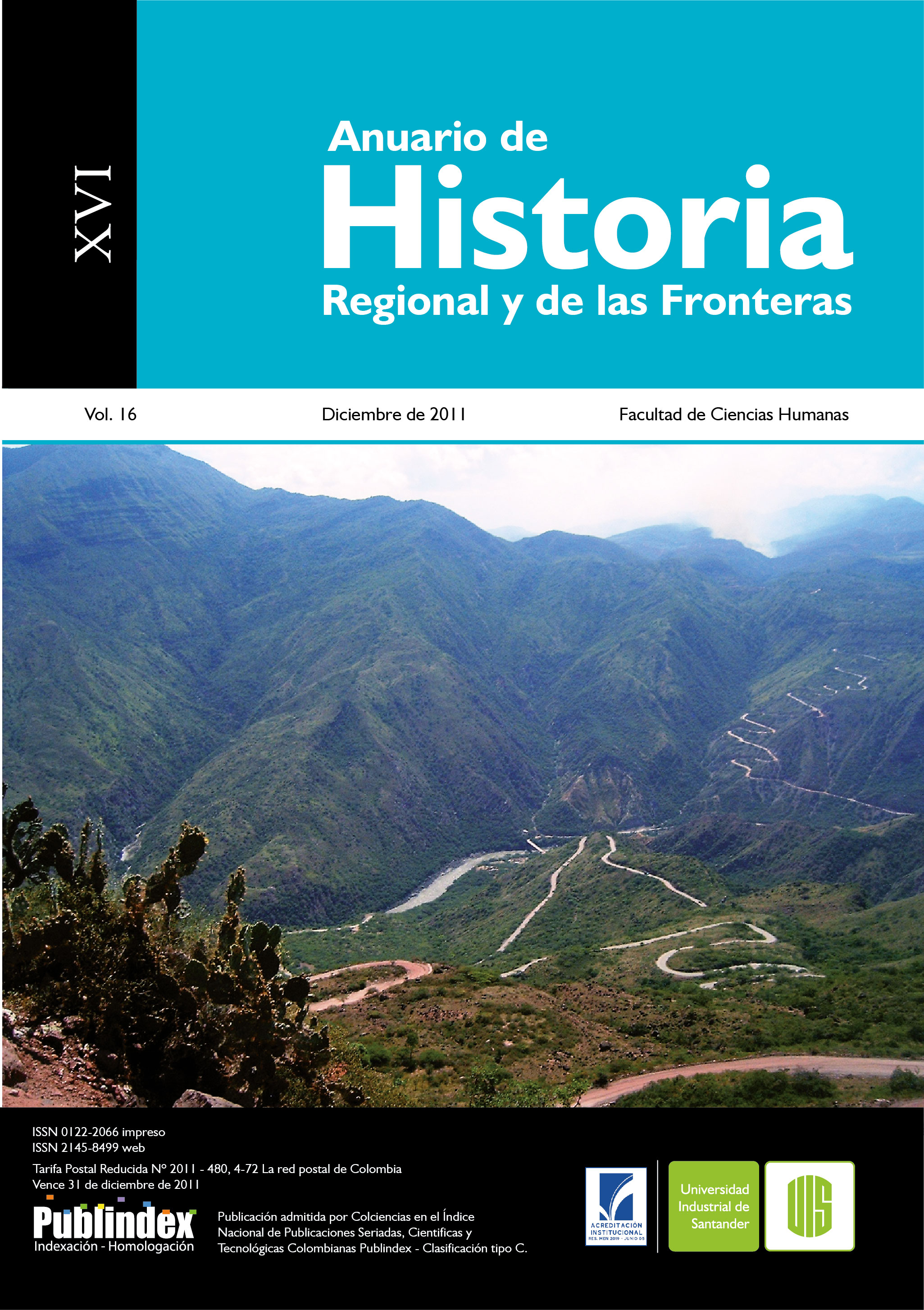Sinaloa Political Violence: the “grayperiod” of the LC23S. Some of its main features: 1974-1975.
Published 2012-02-21
How to Cite
Abstract
This article discusses some key features of the so-called “gray period”, a stage of lifeof the main urban political and military organization of seventies Mexico and Sinaloa State, located in the northwest of the country. This phase was marked by the loss of the September 23 Communist League (LC23S) “historic leader”, the beginning of aradical military leadership within the armed group, and the pursuit of confrontation and political-military defeat of the state and its security forces. We highlight four items in this paper that outline our viewpoint of the period in so far as it transcended the years here analyzed: a) internal fragmentations within the armed group between those who left the revolutionary struggle and those who decided to continue both nationally and in the state of Sinaloa b) the political and military strategy established by Mexican State to confront this and other armed insurgencies c) the position adopted by guerrilla violence in a military and political failure, and d) the discursive productions in the clandestine organization in a context of decline.
Key words: “Red Brigade” Urban Guerrilla, Radical Students, Militarism, “Gray Period”, Sinalo, Political liberalizacion.
